Reflecting on the history of British pet shops, we uncover some shocking practices that raise serious questions about animal welfare. The conditions and practices of these establishments often make us wonder: How was this ever legal?
1. Exotic Animals on Sale
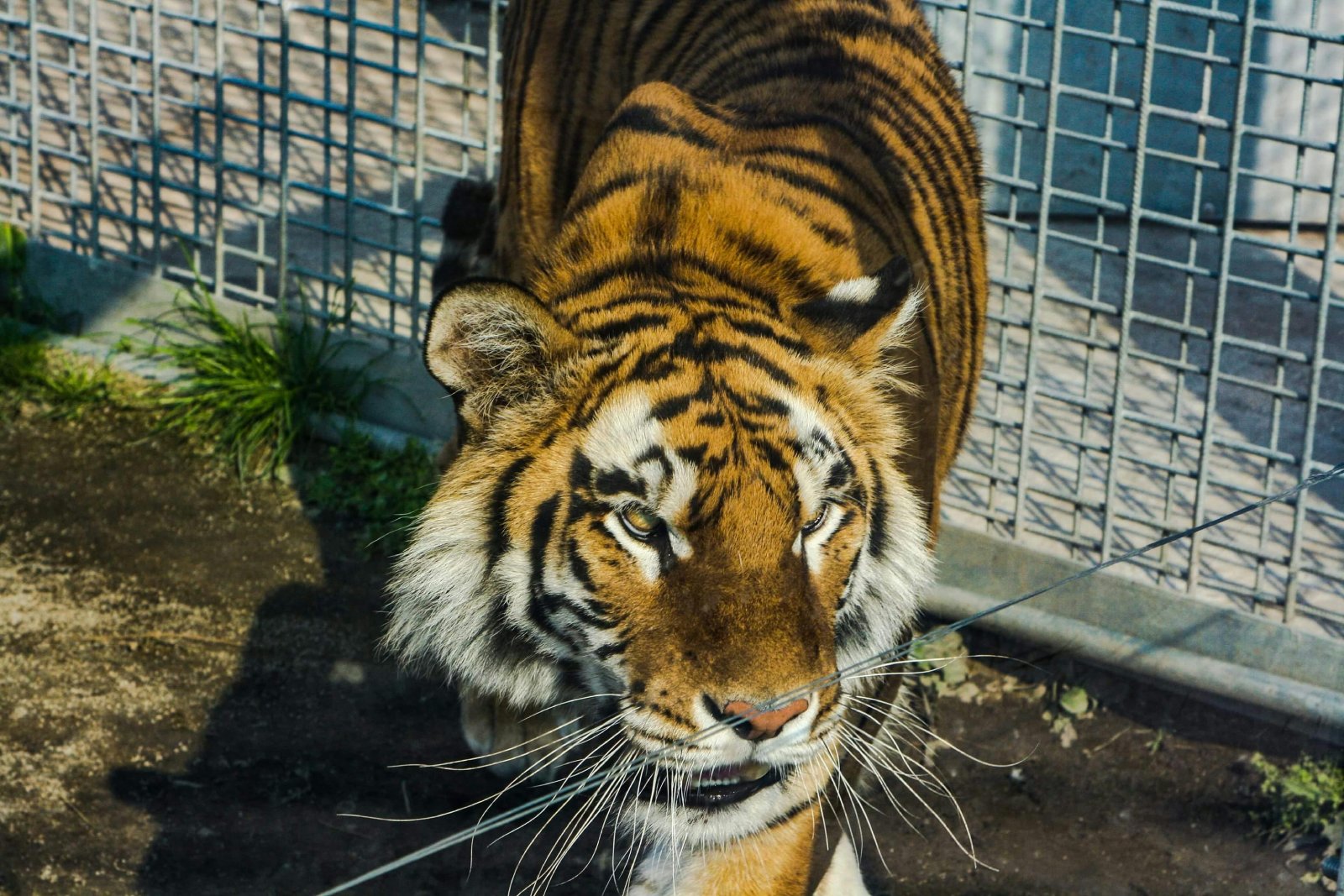
In early 20th century London, it was not uncommon to find exotic animals like lions, tigers, and even crocodiles for sale in pet shops. These wild animals were kept in inadequate cages and sold to anyone with the money, with no regard for their specialised care needs. The Dangerous Wild Animals Act 1976 finally regulated the ownership of such animals, but the trade before this was virtually unchecked.
2. Tiny Cages for Birds
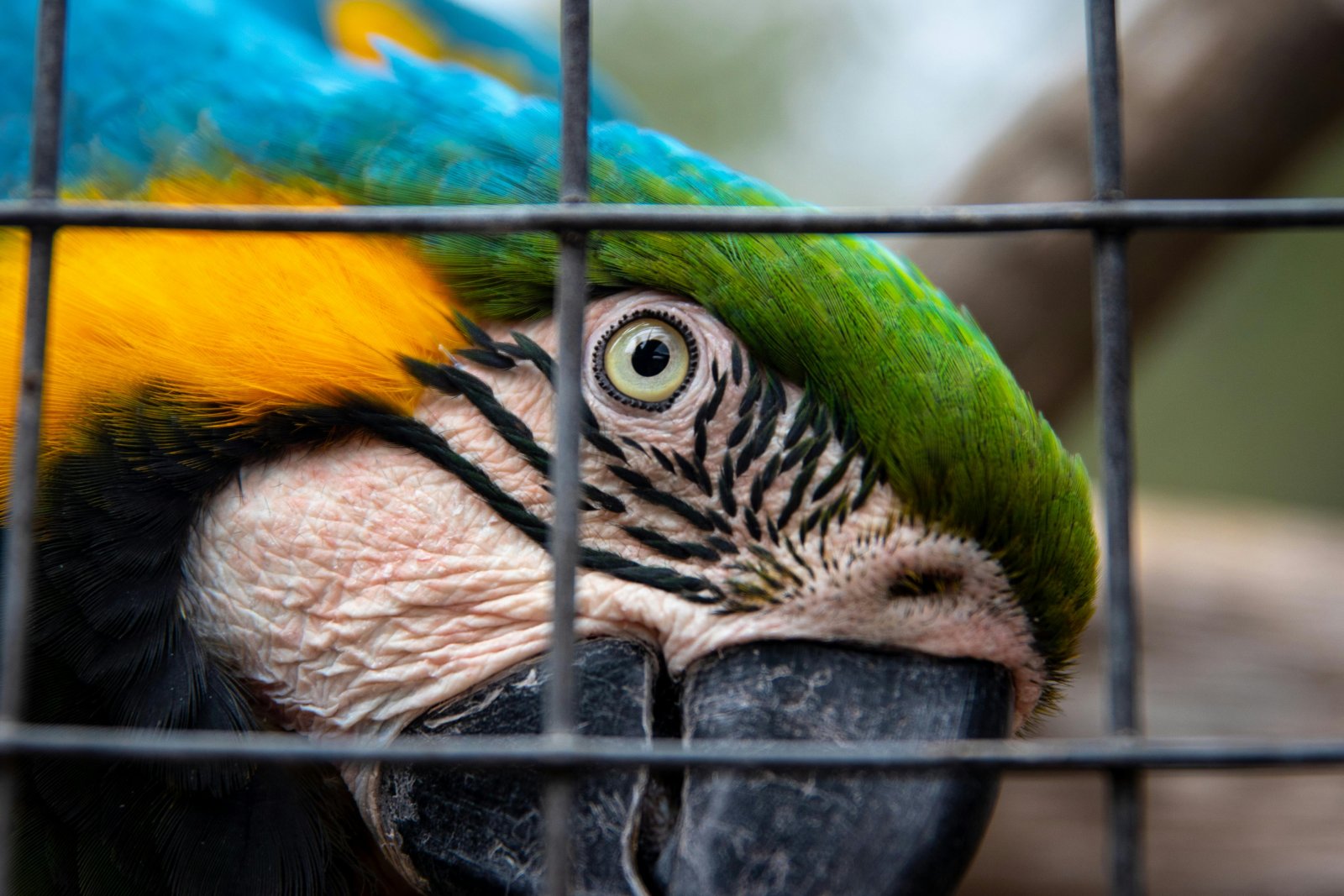
Birds, including parrots and songbirds, were often kept in cages so small they could barely move. This confinement led to severe physical and psychological distress. Modern animal welfare laws now mandate adequate space and environmental enrichment for captive birds.
3. Overcrowded Rodent Enclosures
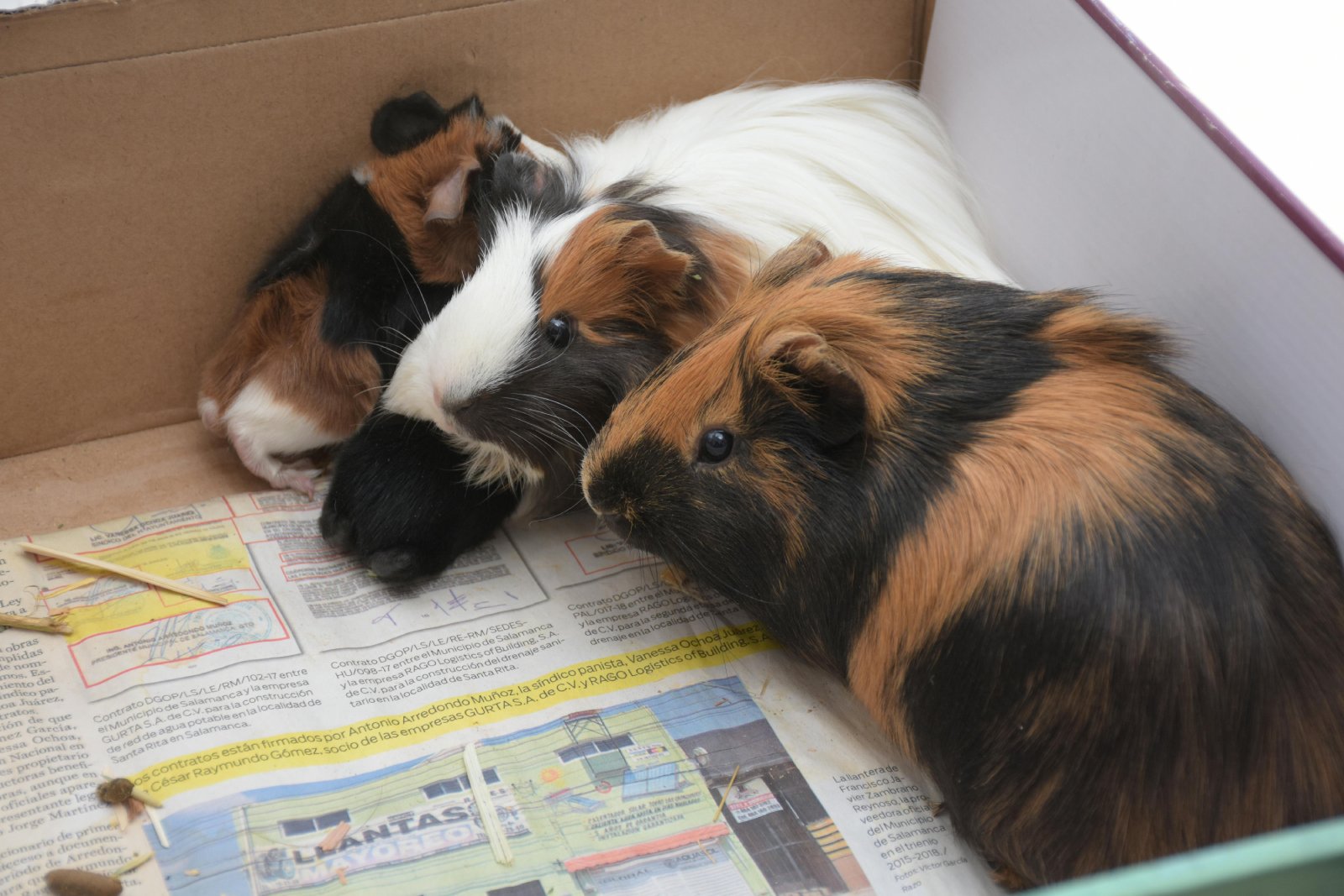
Rodents like hamsters and guinea pigs were frequently kept in stacked cages with poor ventilation, leading to high stress and disease spread. Today, pet shops must adhere to specific space and care requirements to ensure the health of these animals.
4. Packed Aquariums

Fish were often crammed into overcrowded tanks with little attention to their specific environmental needs, resulting in high mortality rates. The Pet Animals Act 1951 and subsequent updates have introduced stricter controls on the housing conditions for fish in pet shops.
5. Untrained Staff
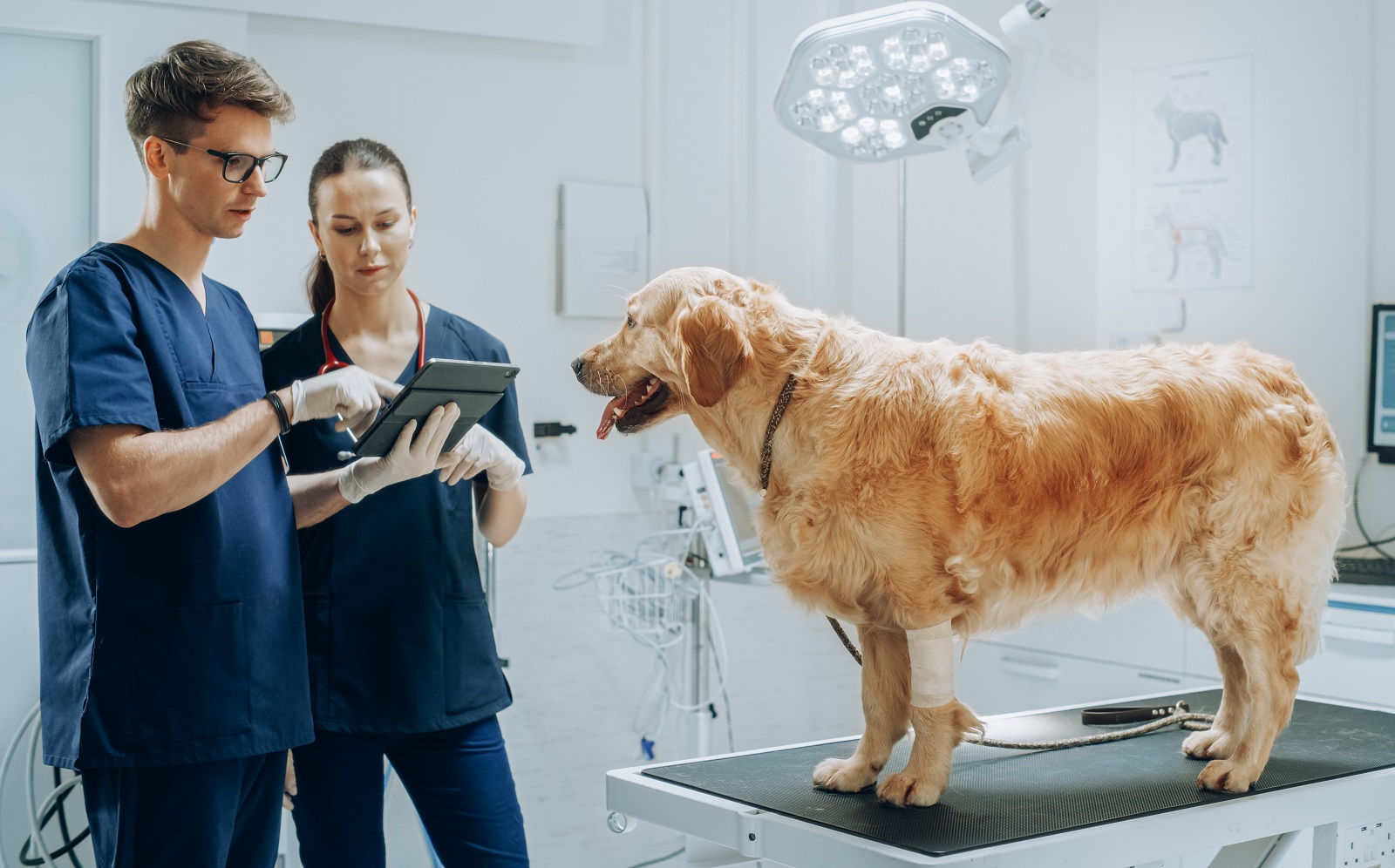
Pet shop employees often lacked proper training, leading to mismanagement and neglect. Current regulations require staff to be trained in animal care to prevent such neglect and ensure animals are properly looked after.
6. Puppy Mill Connections
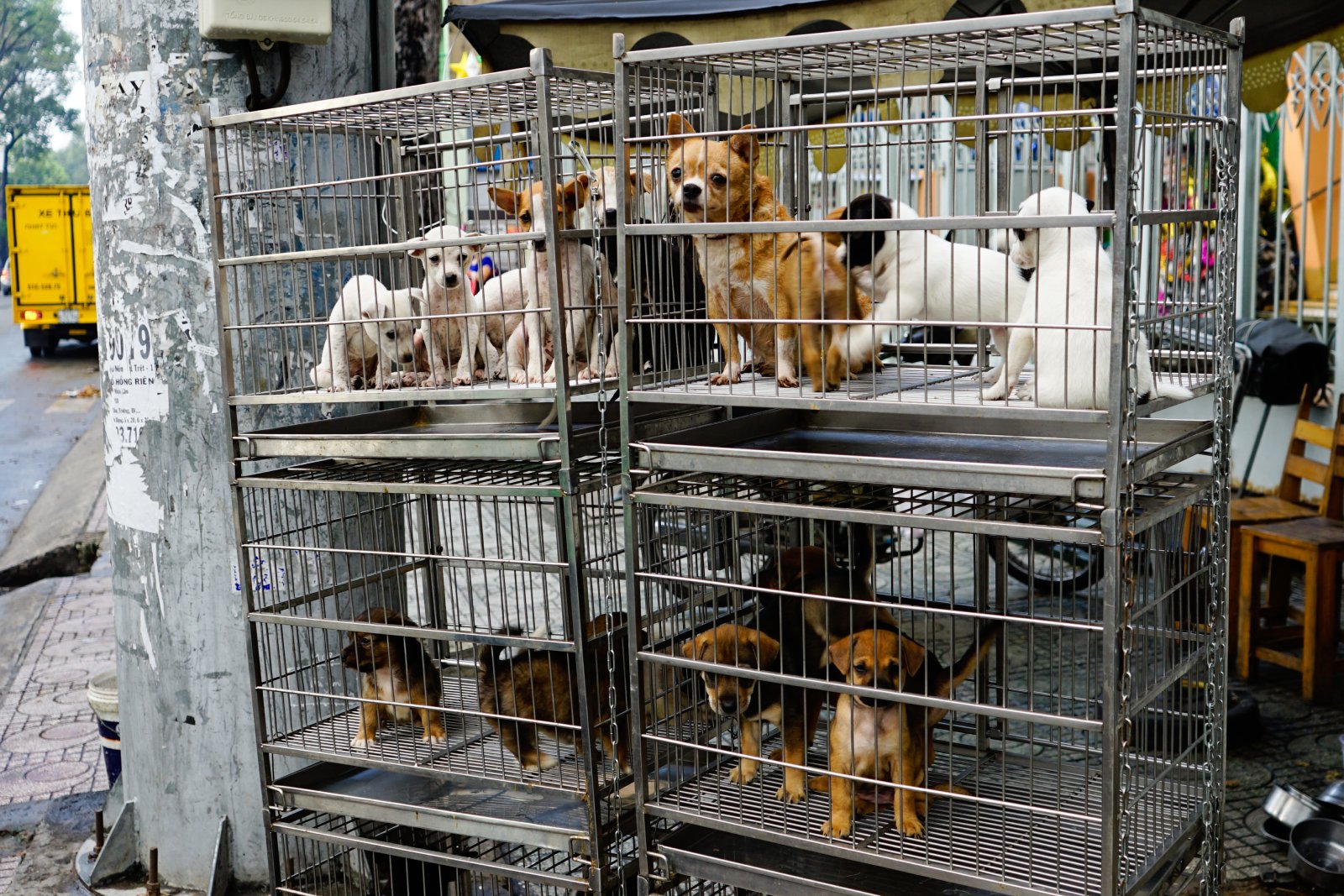
Many puppies sold in pet shops came from puppy mills where conditions were appalling—small, filthy cages with little medical care. Regulations like Lucy’s Law, implemented in 2020, aim to curb this by banning the sale of puppies and kittens from third parties, ensuring they come from reputable breeders or rescue centres.
7. No Return Policies

Pet shops historically had no return policies, leaving owners with sick or dying animals and no recourse. Consumer protection laws now offer better support for pet buyers, but this was a significant issue in the past.
8. Selling Sick Animals
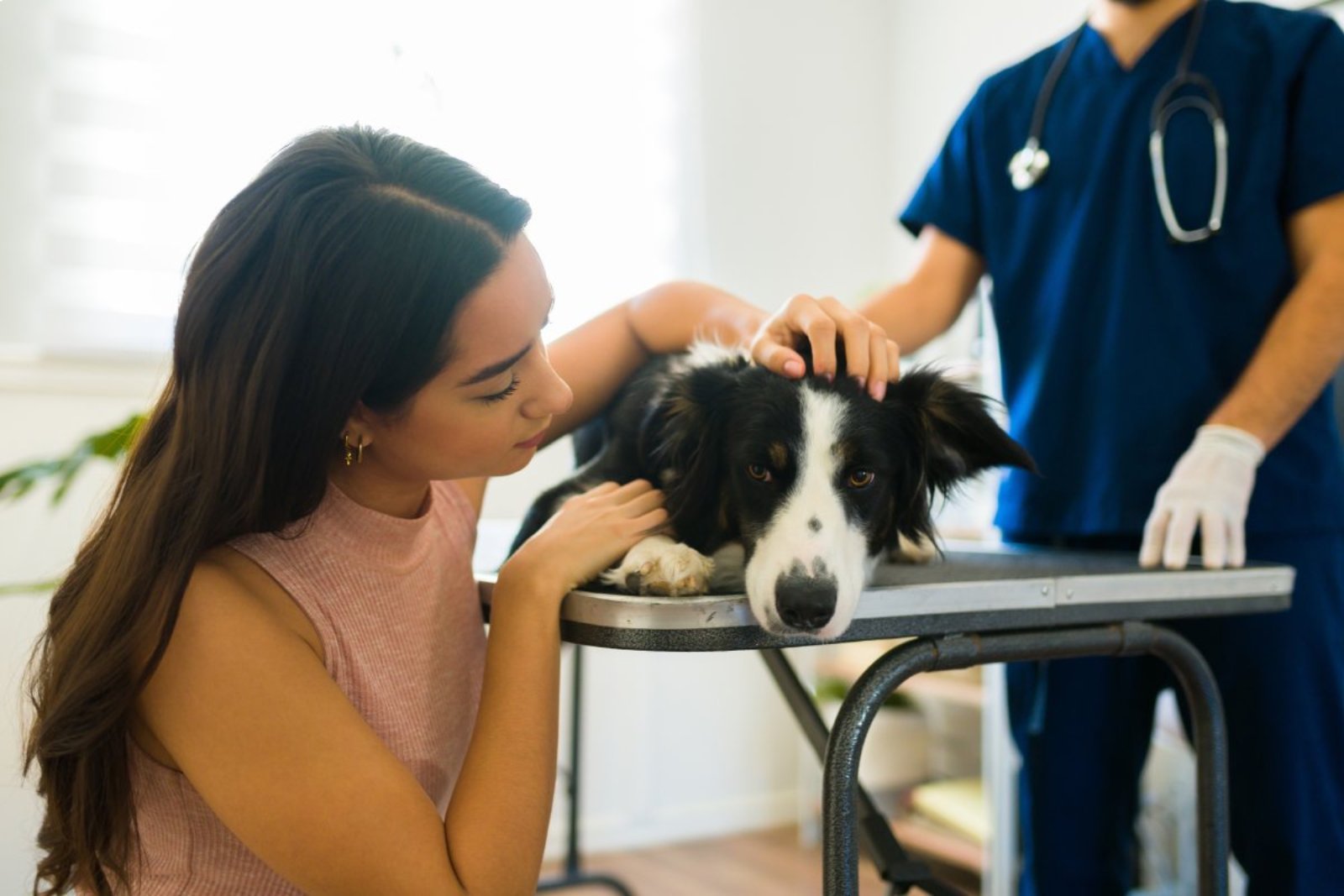
It was common for pet shops to sell animals that were visibly ill, often without informing the buyer of their condition. Modern animal welfare laws require that animals sold must be in good health, with any known issues disclosed to the buyer.
9. Lack of Enrichment

Animals were often kept in barren cages without toys or stimulation, leading to severe boredom and psychological issues. Today, providing environmental enrichment is a standard requirement in pet shops to ensure animals’ well-being.
10. Live Feed on Display
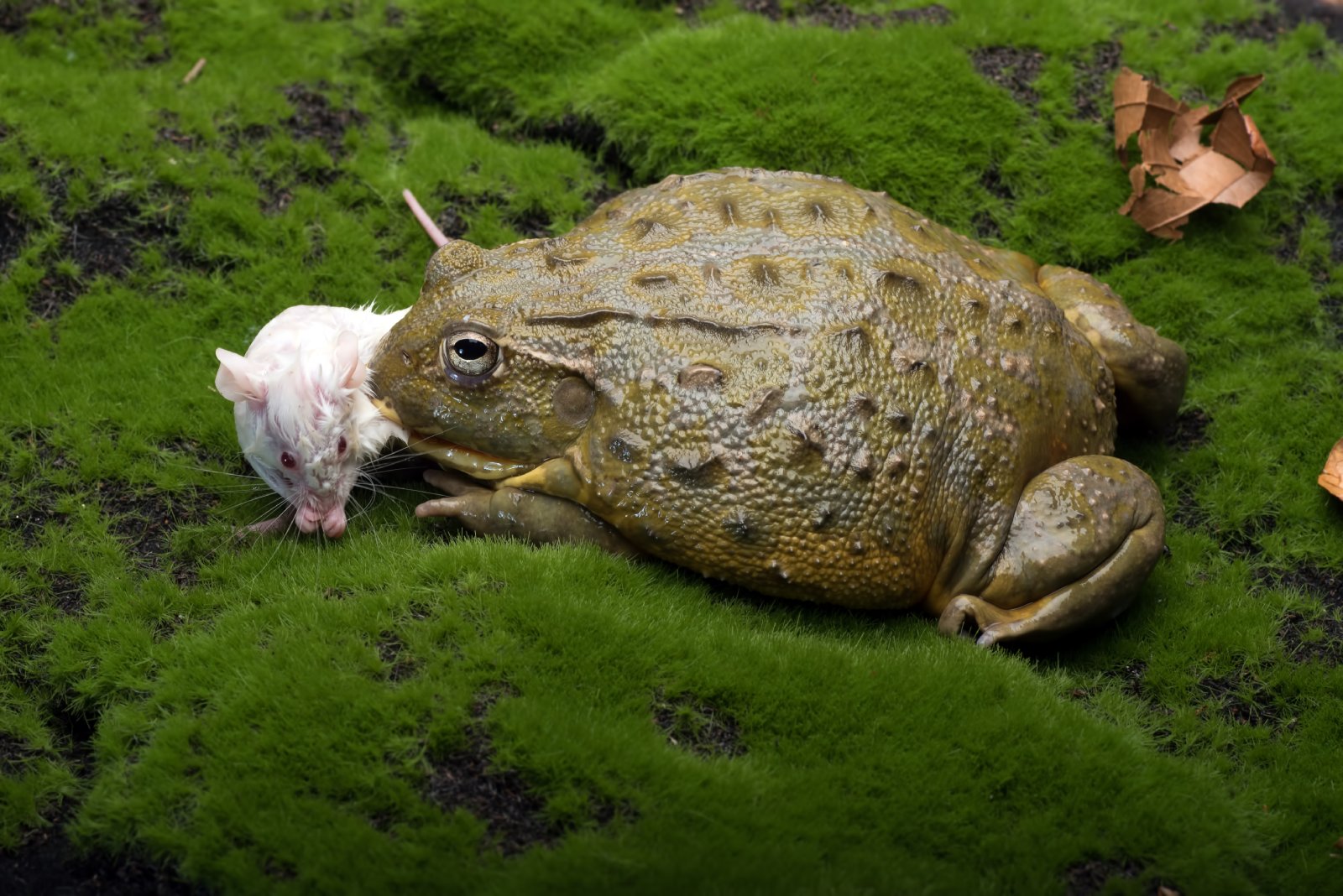
Live feed, such as mice or insects for reptiles, was often displayed in pet shops, sometimes in distressing conditions. While live feed is still legal, regulations ensure these animals are kept humanely until sold.
11. Dangerous Pet Accessories

Many pet accessories sold in the past were unsafe and could injure animals. Current regulations require rigorous safety standards for pet products to prevent harm.
12. Premature Sale of Young Animals

Animals were frequently sold too young, before they were weaned, leading to long-term health and behavioural problems. Age restrictions are now in place to prevent the premature sale of young animals.
13. Use of Toxic Chemicals
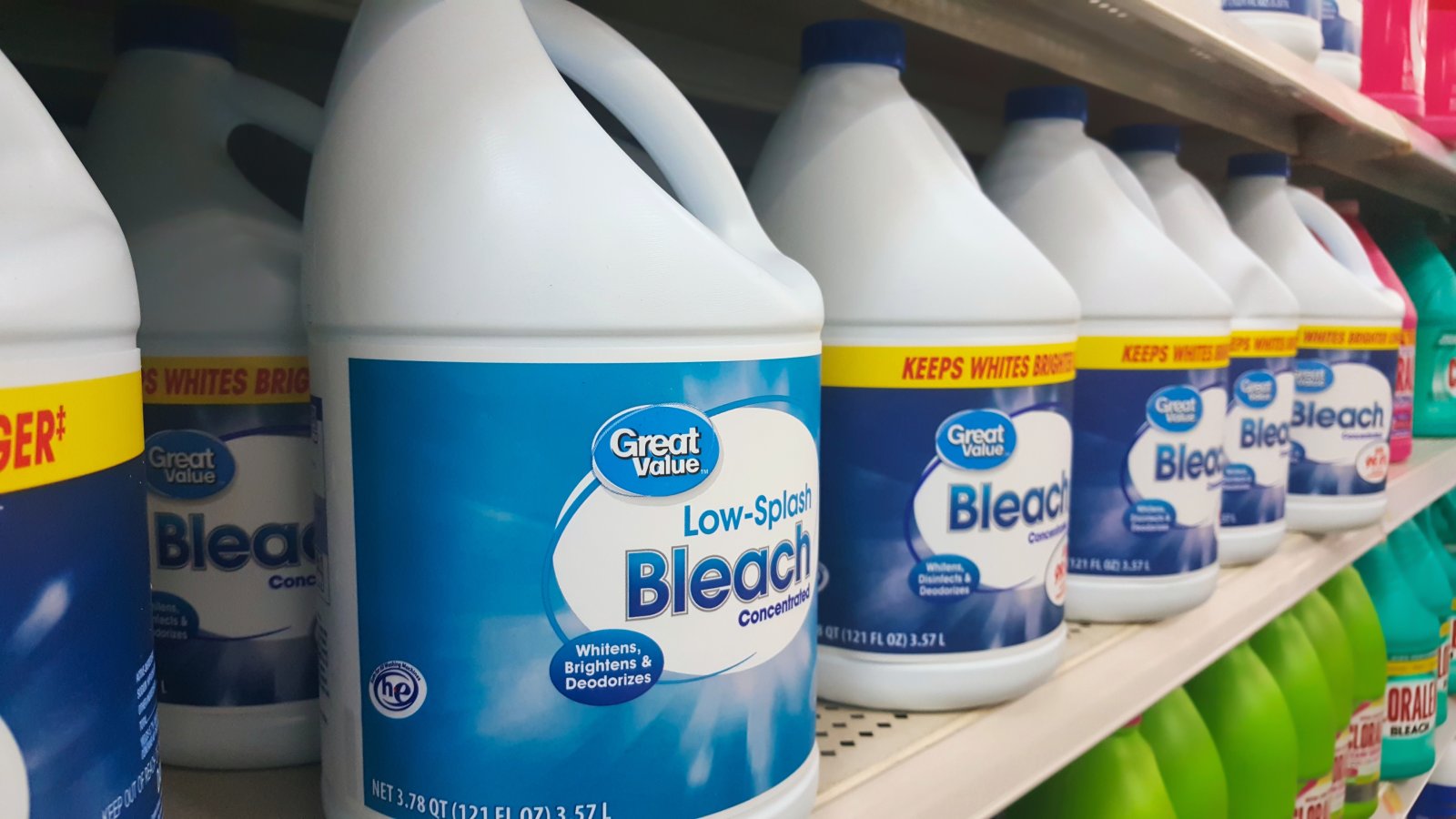
Cleaning agents and chemicals harmful to animals were commonly used in pet shops without any regard for their safety. Regulations now control the types of chemicals that can be used around animals.
14. Extreme Breeding Practices
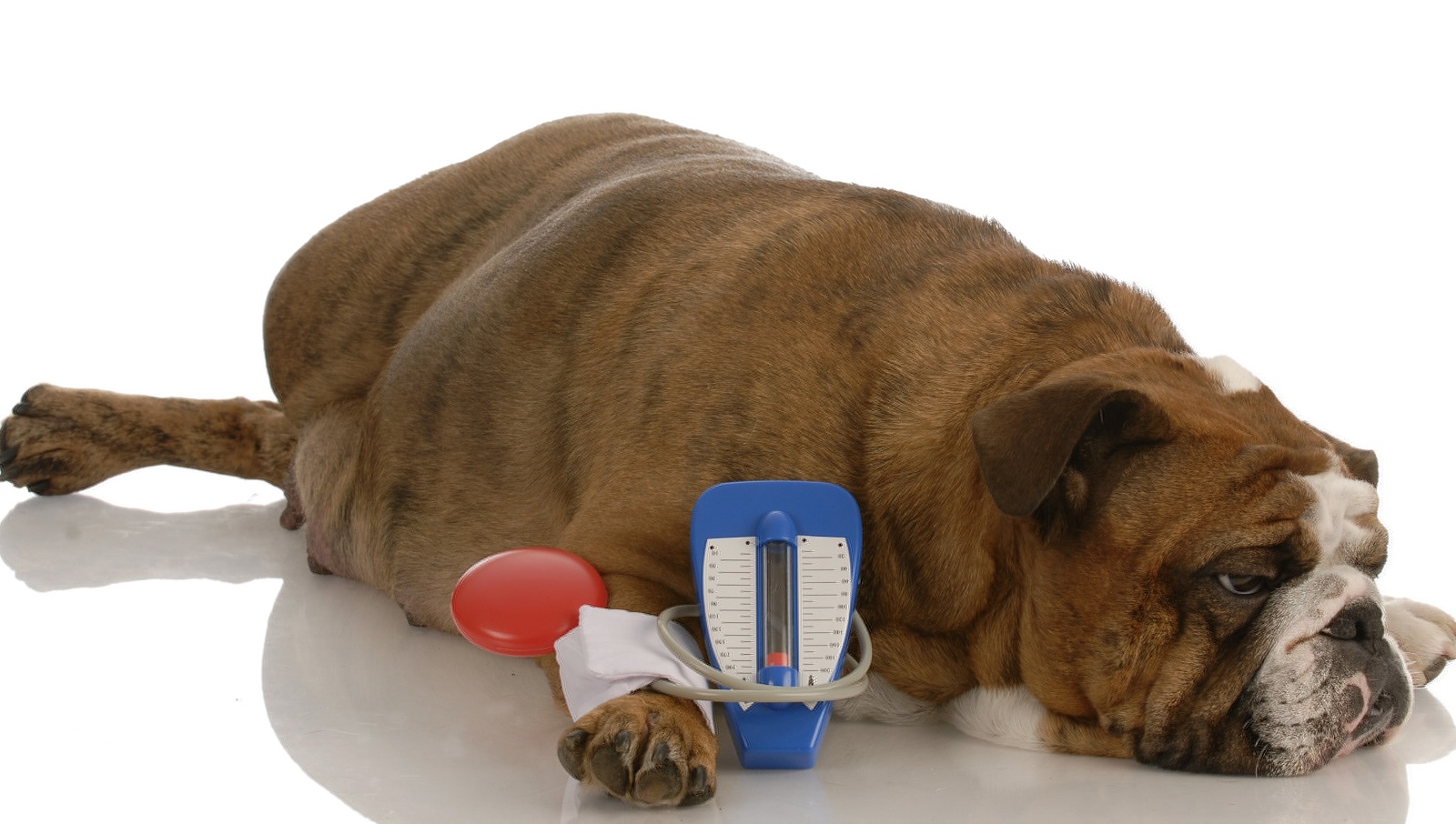
Breeding animals for extreme physical traits often led to chronic health issues. Laws and guidelines now promote ethical breeding practices to ensure the health and well-being of pets.
15. No Post-Sale Support
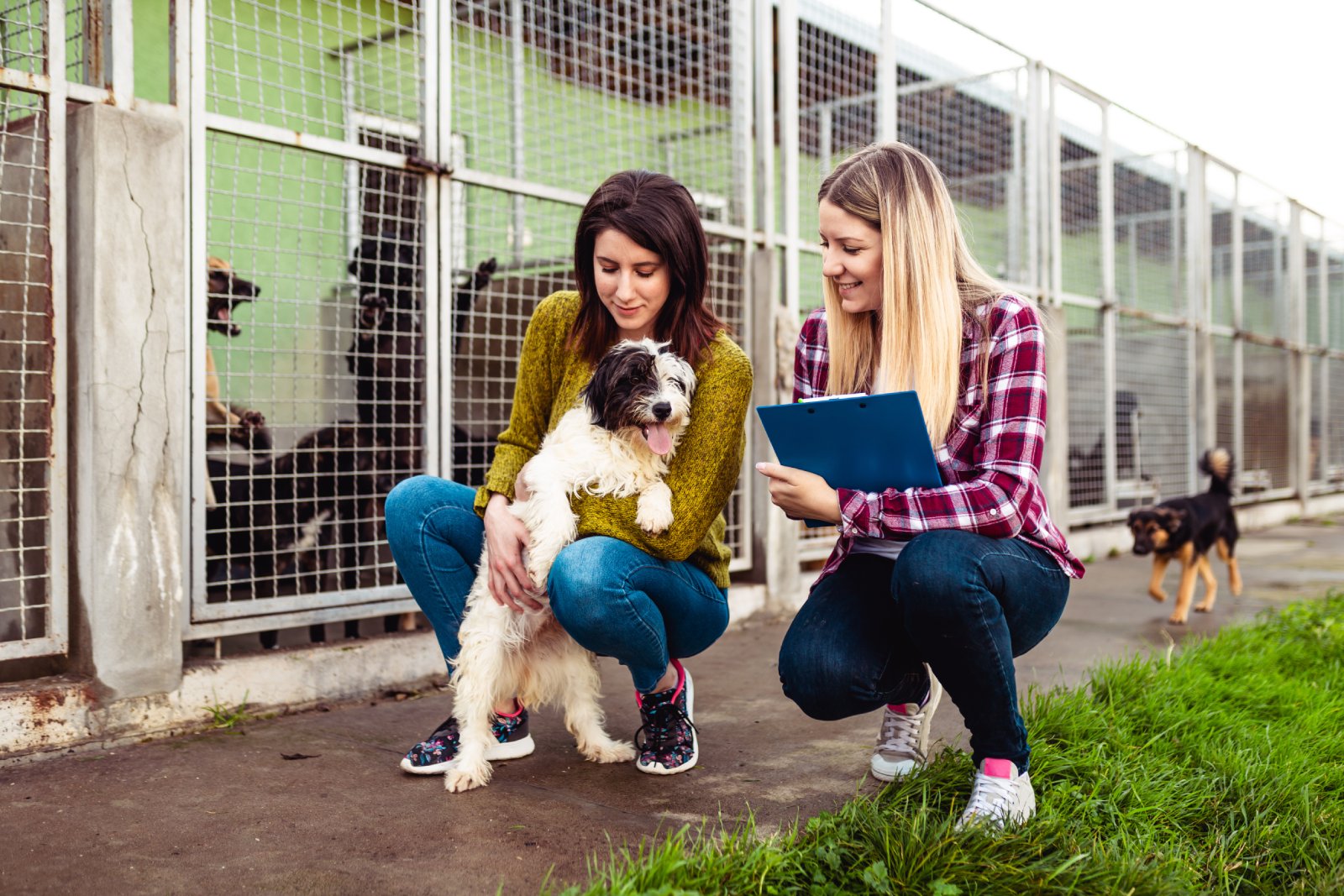
Once a pet was sold, owners received no guidance or support, often leading to improper care and abandonment. Today, reputable pet shops offer ongoing support and advice to ensure the well-being of the animals they sell.
16. Lack of Quarantine
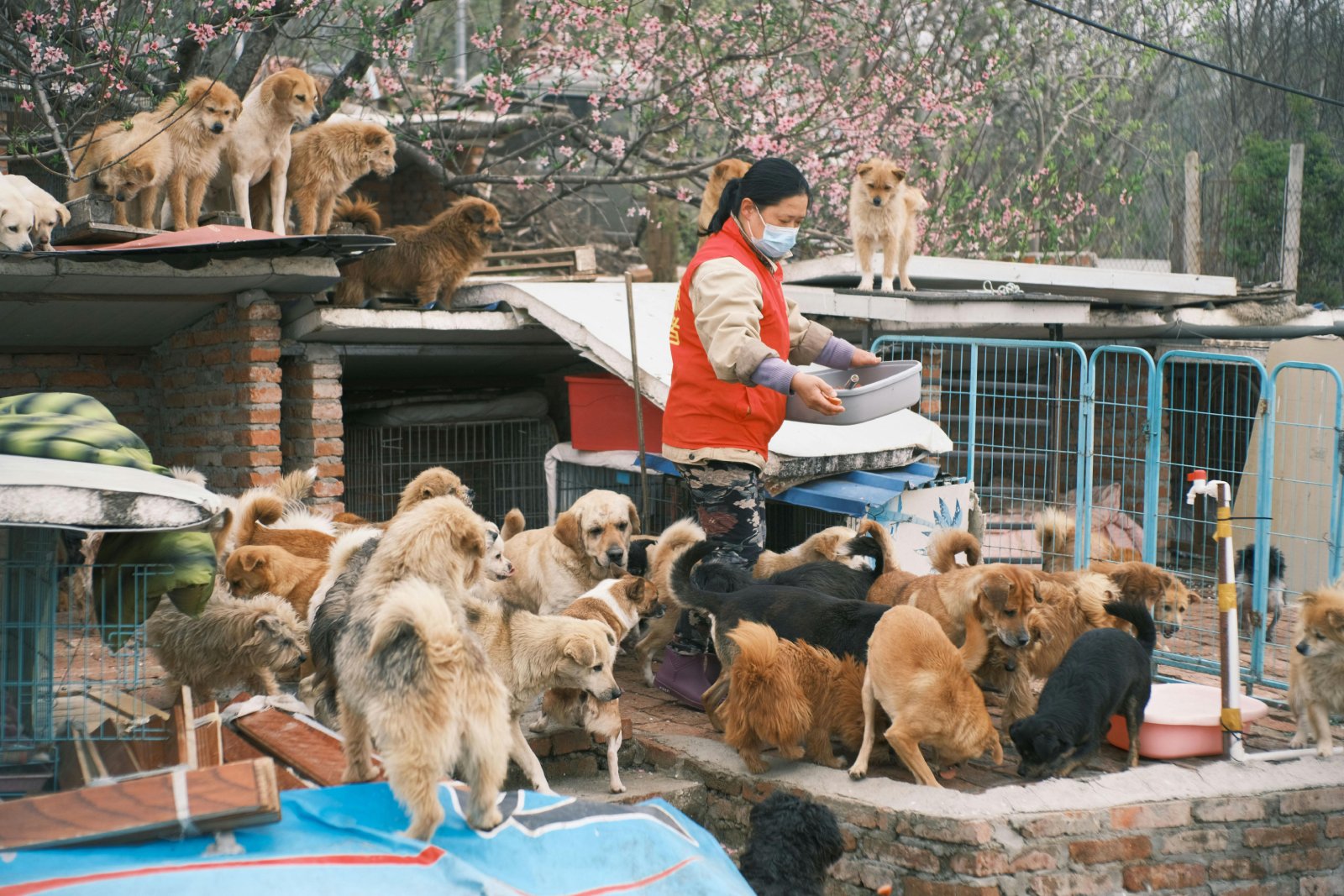
New animals were introduced into pet shops without proper quarantine, spreading diseases. Modern regulations mandate quarantine procedures to prevent the spread of infectious diseases.
17. Misleading Giant Species Sales
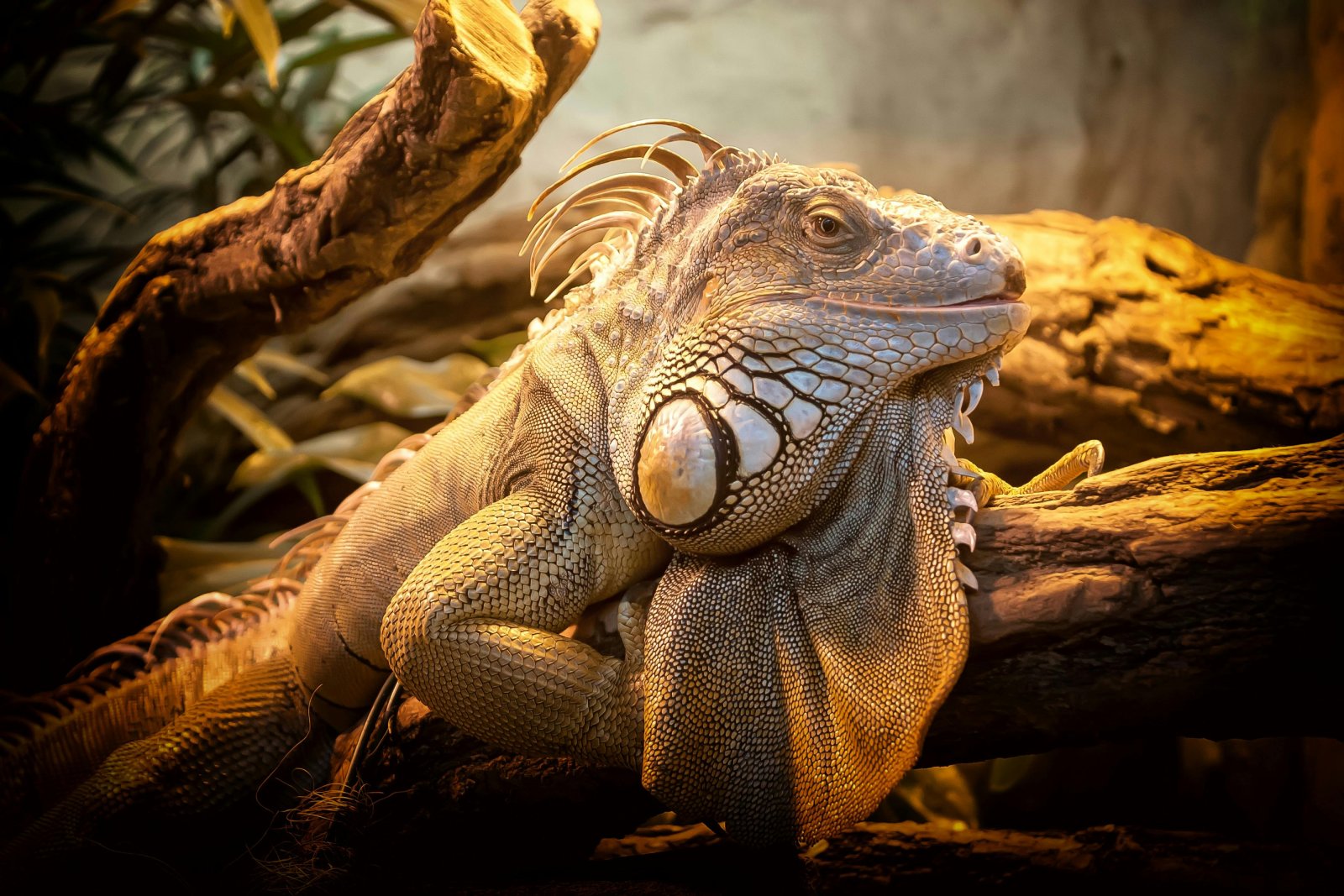
Large reptiles and fish were sold to unsuspecting buyers without proper care advice, leading to abandonment when they grew too large. Pet shops are now required to provide care information and assess buyers’ ability to care for these animals properly.
A Reflection on Legal Progress

These historical practices highlight how far we’ve come in ensuring the welfare of animals in pet shops. While significant progress has been made, ongoing vigilance and improvement of laws are necessary to ensure all animals are treated with the respect and care they deserve.
Featured Image Credit: Shutterstock / Tara Lambourne.
For transparency, this content was partly developed with AI assistance and carefully curated by an experienced editor to be informative and ensure accuracy.

